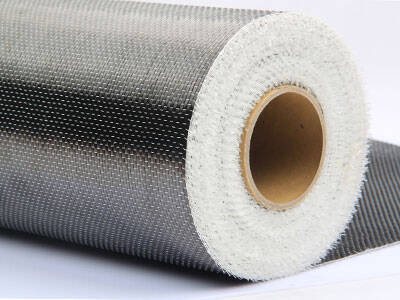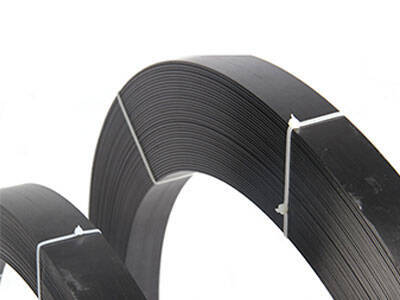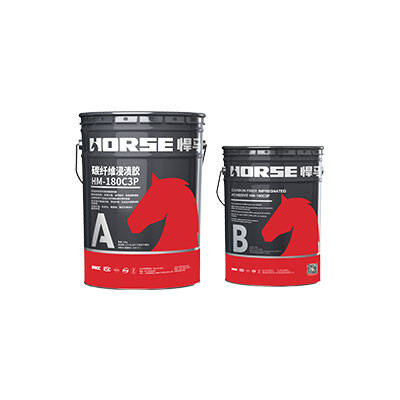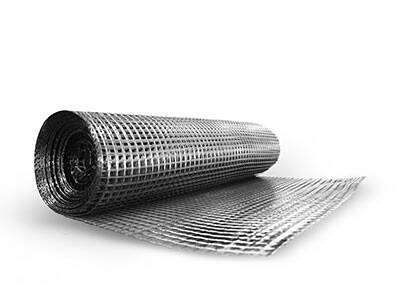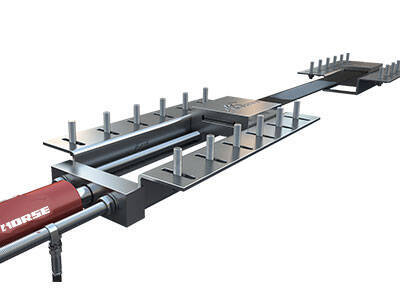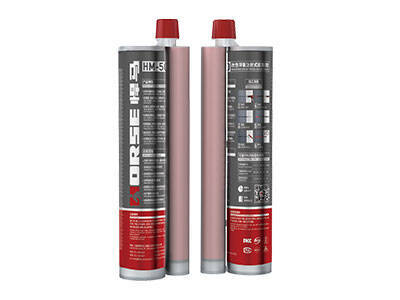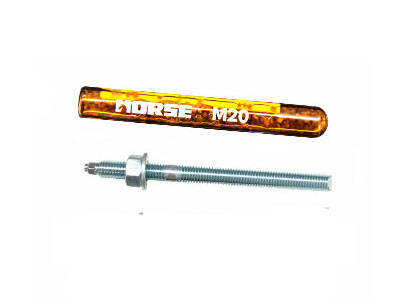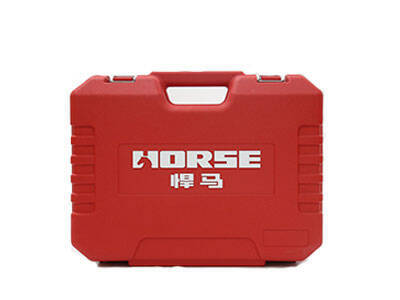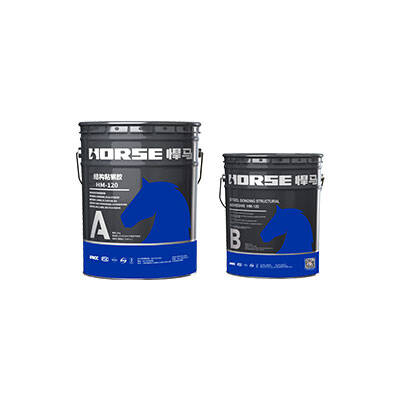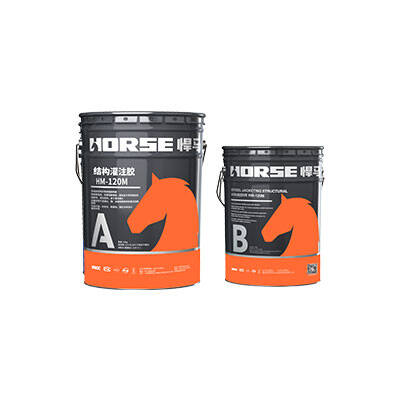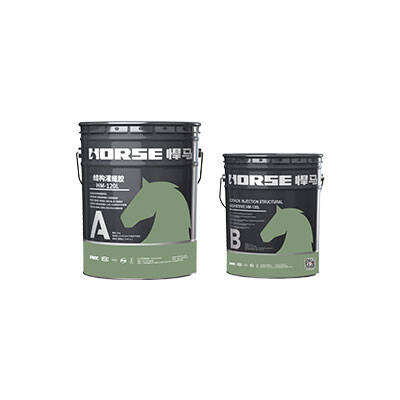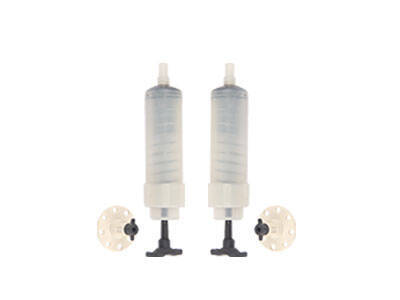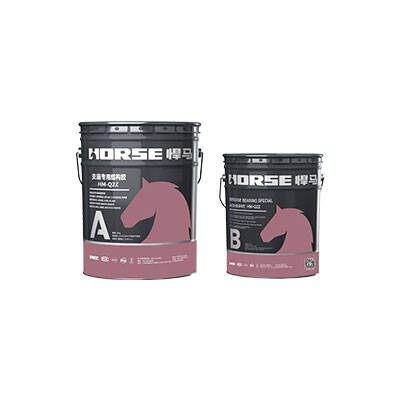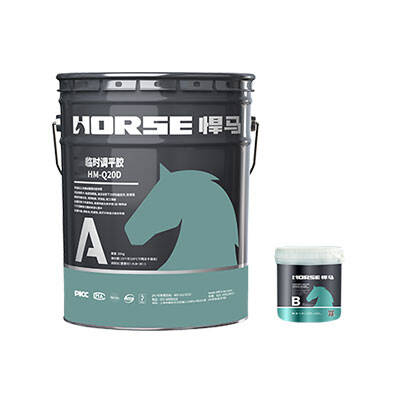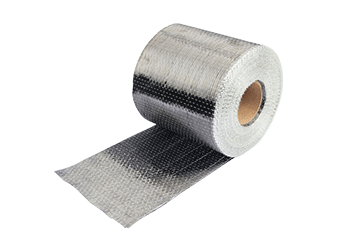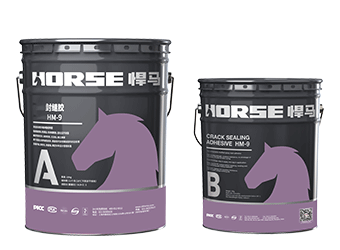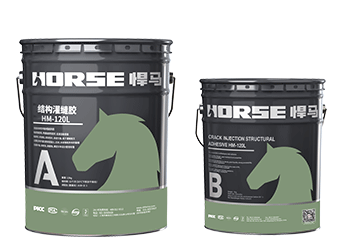1. Mur de cisaillement
Le mur de cisaillement est un type de mur parasismique et résistant au vent, doté d'une très grande dureté. Cependant, au cours de son utilisation, il peut se fissurer à différents degrés. Nous avons résumé aujourd'hui les mesures de contrôle des fissures dans les murs de cisaillement.
1.1 Classification des murs de cisaillement
Avant de choisir le système de renforcement d'un mur de cisaillement, il est essentiel de connaître les conditions de force du mur. Généralement, les murs de cisaillement sont classés selon la taille, le nombre et la disposition des trous.
1.1.1 Mur entier
Lorsque la surface totale de l'entrée des portes et fenêtres est inférieure à 15 % de la surface latérale du mur de cisaillement et que la distance nette entre l'entrée et le trou est supérieure à la longueur de l'entrée, le mur entier est formé.
1.1.2 Mur intégral à petite ouverture
L'ouverture des portes et fenêtres est plus grande que celle du mur intégral. Un moment de flexion local apparaît alors dans les pieds du mur. Ce type de mur est appelé mur intégral à petites ouvertures.
1.1.3 Mur de jonction
Le mur de cisaillement comporte une ou plusieurs rangées d'ouvertures, de taille relativement importante. Il est alors constitué d'une série de montants reliés par des poutres entre les ouvertures ; on parle alors de mur de liaison.
1.1.4 Mur de cisaillement sur ossature
Lorsque la partie inférieure nécessite un espace important, le mur de cisaillement sur ossature est formé en soutenant le mur de cisaillement supérieur par une ossature. En zone sismique, une ossature pure n'est pas autorisée.
1.1.5 Ossature de mur
Si l'ouverture du mur de cisaillement est plus grande, que sa rigidité est plus faible et que celle de la poutre de liaison est plus forte, le mur de cisaillement est proche de l'ossature. L'épaisseur du mur de cisaillement étant inférieure à la largeur de la poutre-colonne de l'ossature, on parle alors d'ossature de type mur.
1.1.6 Murs de refend à ouvertures irrégulières
Parfois, en raison des exigences d'utilisation du bâtiment, il est nécessaire de percer un trou plus grand dans le mur de refend, dont la disposition est irrégulière, c'est-à-dire pour ce type de mur.
2. How to control cracks in shear walls?
2.1 Réparation de fissures dans le béton par injection d'époxy
Caractéristiques principales de la réparation de fissures dans le béton par injection d'époxy : forte pénétration, faible viscosité, résistance au vieillissement, résistance à l'eau et aux acides et aux bases. Ne contient pas de solvants volatils et ne rétrécit pas après durcissement. Après durcissement, elle présente une excellente ténacité et une excellente résistance aux chocs pour sceller les fissures. La barre d'acier et l'air sont ainsi isolés, évitant ainsi une oxydation et une corrosion prématurées. La liaison du béton des deux côtés de la fissure permet une meilleure étanchéité et un colmatage des fuites.
Applications de la réparation de fissures dans le béton par injection d'époxy : ponts en béton, maisons, ouvrages de conservation des eaux, chaussées et autres projets, ainsi que pour les nids d'abeilles en béton, le desserrage et autres défauts liés à la réparation des colles d'armature, la protection contre la corrosion des PRF, la protection des revêtements de surface structurels et la construction. Elle convient au coulage et au collage des fissures dans les éléments en béton et en brique-béton afin de réparer et de renforcer les fissures.
Points importants à prendre en compte lors de la réparation de fissures dans le béton par injection époxy
(1) Utiliser un mastic et un enduit de scellement de haute qualité.
(2) Le traitement de surface des fissures doit être minutieux afin de garantir leur étanchéité.
(3) Les buses de scellement doivent être placées aux fourches des fissures, et le nombre de buses par fissure ne doit pas être inférieur à deux.
(4) Lors du scellement des fissures, les fissures verticales doivent être scellées de bas en haut et les fissures horizontales de bas en haut.
(5) Lors de l'injection de colle de bas en haut, retirer les buses d'injection adjacentes. Lorsque la colle sort, brancher la buse d'injection. Maintenir la pression de l'injecteur supérieure à 0,4 MPa afin de remplir complètement les fissures.
2.2 Renforcement composite PRF
Caractéristiques principales du renforcement composite PRF : gain de place, simplicité de construction, absence d'installations fixes sur site, qualité de construction garantie, faible encombrement et faible poids de la structure, résistance à la corrosion et durabilité optimale.
Applications du renforcement composite PRF : large champ d'application, renforcement possible des éléments en béton, des structures en acier et en bois.

















